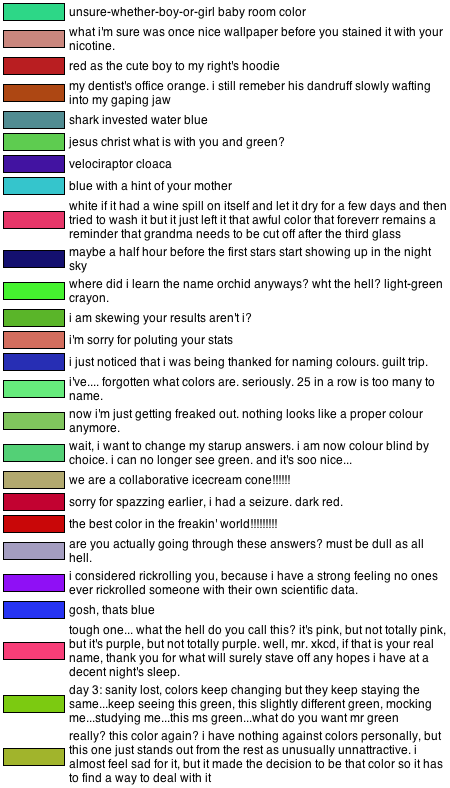The story of Ensign Chuck Hord’s memorial portrait in the Pentagon, with both British and Canadian military angles:
In a Pentagon hallway hung an austere portrait of a Navy man lost at sea in 1908, with his brass buttons, blue-knit uniform and what looks like meticulously blow-dried hair.
Wait. Blow-dried hair?
The portrait of “Ensign Chuck Hord,” framed in the heavy gilt typical of government offices, may be the greatest — or perhaps only — prank in Pentagon art history. “Chuck Hord” can’t be found in Navy records of the day. It isn’t even a real painting. The textured, 30-year-old photo is actually of Capt. Eldridge Hord III, 53 years old, known to friends as “Tuck,” a military retiree with a beer belly and graying hair who lives in Burke, Va.
[. . .]
Capt. Hord at the time was director of the Multinational Interagency division, a new Pentagon office designed to coordinate military logistics between the U.S. and its closest allies.
Office colleagues say Capt. Hord developed close bonds with his British, Canadian and Australian counterparts. Their office boasted its own beer fridge.
Several of Capt. Hord’s work colleagues attended the 2004 party, including a British captain who smuggled the portrait into his car and put it on display at the office. Capt. Hord, amused, called it an act of “buffoonery.”
[. . .]
Back on the wall in the office, visitors often asked who it depicted. “They all looked at it and said, ‘Man, what year was that? It looks like the 1800s,'” said Canadian Lt. Col. Brook Bangsboll.
That was the light-bulb moment. On one of his last days at the Pentagon, Lt. Col. Bangsboll went to a jewelry shop to have a brass plaque engraved, egged on by colleagues and co-conspirators. “We didn’t know what to do so we said, ‘Let’s just lose him at sea,'” Lt. Col. Bangsboll said. “It makes it interesting and kind of mysterious.”
He kept the circumstances of the ensign’s death vague because he thought some nosy Navy historian would spot the ruse if the plaque cited a specific battle.











